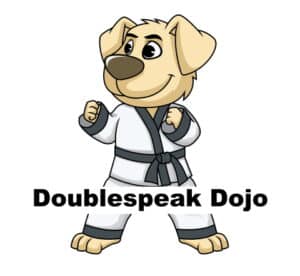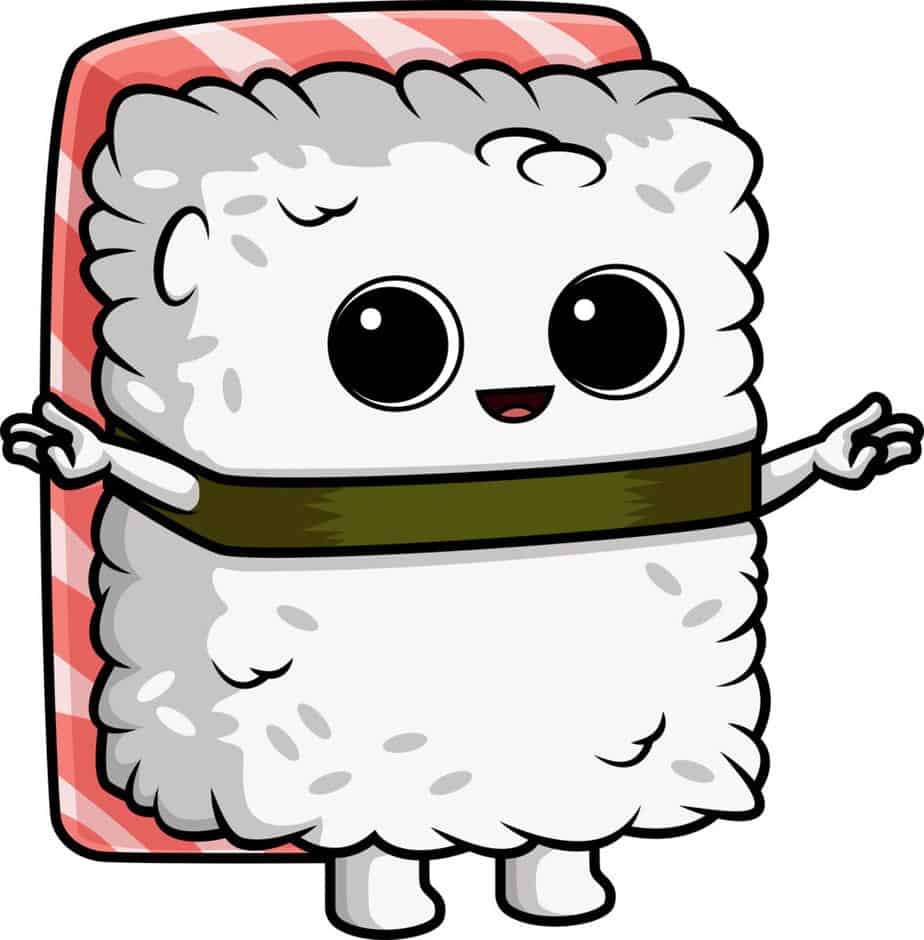
If you mentally picture a Japanese person, do you imagine someone serious or humorous? Most people, if being honest, would probably admit that it’s the former. The stereotype of a serious academic often comes to mind when thinking about a Japanese person, and the language often connotes seriousness, too. But is learning Japanese fun?
Yes, many find Japanese fun to learn. Because of the popularity of Japanese culture, beauty of kanji, familiarity of anime, and of course, love of sushi, more people have started to learn Japanese. Don’t let the mystery of its complex writing system keep you from learning Japanese!
Learning Japanese can be difficult, but that doesn’t need to keep it from being fun. From my almost-20-years of teaching in diverse public schools, I’ve learned some things along the way about language learning. Fun is key! Read on to learn what is fun and un-fun about learning Japanese!
Contents
What Makes Japanese Fun
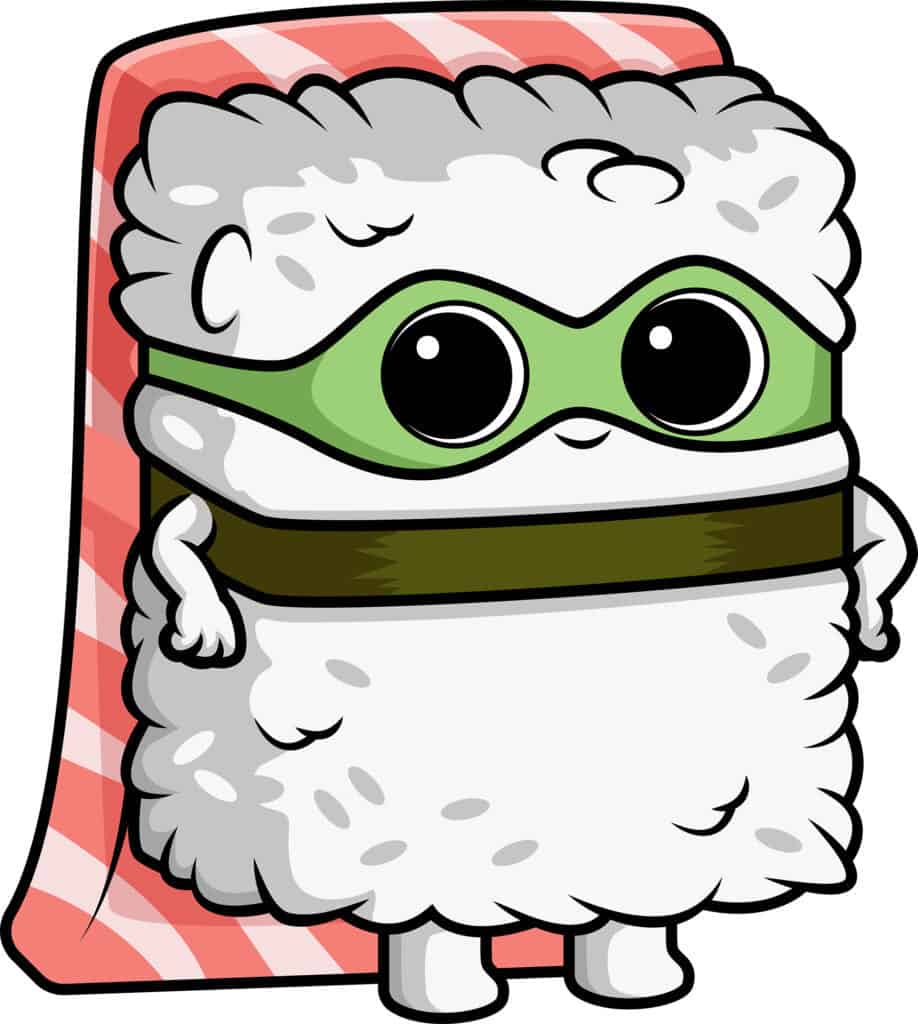
Japanese language comes with such a cool vibe to Americans that it evokes fun right away. From anime to martial arts to being its elevated status in the tech world, Japan tops the fun list for many!
Let’s look at just a few categories that make it F-U-N to learn Japanese.
Where Japanese is Popular
It should come as no surprise that 90% of people in Japan speak Japanese but maybe a bit surprising that 99.1% of Japanese speakers live in Japan. It is evident that Japanese is the official language of Japan.
In the U.S. it is the 6th most studied language at the university level, but enrollment is full in most all classes, so you can see the desire is there. You’ll find California and Hawaii have the most Japanese speakers of all U.S. states. Downtown LA even has a ‘Little Tokyo’ area!
However, the U.S. doesn’t hold second place for speakers of Japanese. That honor goes to Brazil! After Brazil, is the US and then Guam is the next country with the highest speakers of Japanese.
Japanese Fun Facts
Let’s look at some interesting Japanese facts that keep it fun!
Fun Facts about Japan
- Japan isn’t called Japan in Japan! It’s “Nihon” or “Nippon” which means sun origin.
- Japan is an island nation made up of 6,852 islands!
- Tokyo is the capital city of Japan.
- Japan sits along the Pacific “Ring of Fire” and has 110 ACTIVE volcanoes. Most notably a 9.0 volcano erupted in Japan in 2011 and resulted in a large tsunami killing almost 16,000 people.
- Ancient Japanese warriors are known as samuria.
- The greater Tokyo metro area has approximately 38.14 million people making it the most populated megacity in the world.
- Japan has the highest life expectancy.
- In Osaka, Japan there’s a highway that goes through a building’s 5th, 6th, and 7th floors! (The Hanshin Expressway)
Fun Facts about Japanese Language
- Japanese is the only official language of 1 country-Japan.
- Japanese isn’t a tonal language, meaning it doesn’t use inflections to differentiate and convey meaning. This is unlike other East Asian languages like Chinese Mandarin, Vietnamese, and Thai.
- Japanese is known as a super-speedy language when spoken. This can make it very tricky for those learning Japanese as a second or other language.
- Though Japanese shares kanji with China, it is not related or derived from Chinese.
- Japanese language does not have plural form!
Famous Japanese People
Some famous people of Japan can lend to the fun factor and help you stay excited about learning Japanese. I could go on and on detailing the many famous people of Japan, but listed below are some highlights of varied backgrounds.
- If you’re a Beatles fan, you may or may not also be a fan of Yoko Ono, though you have definitely heard of this Japanese artist who married John Lennon.
- Isoroku Yamamoto, a Japanese Naval officer and Harvard educated, is credited with orchestrating the Japanese attack on Pearl Harbor, leading to the U.S.’s involvement in WW2.
- Pat Morita is known by all 80s kids as the man who taught the Karate Kid. Although Japanese descent, he was also American, having been born and raised in southern California.
- Sakamoto Ryoma is the most famous Japanese samuria.
- Chiune Sugihara: When polled who was the greatest Japanese person to ever live, the number one name given was Chiune Sugihara, a Japanese consul in Lithuania during WW2. Defying orders and risking his job (which he eventually lost), he was able to help save up to 10,000 Jews seeking visas.
Fun Japanese Culture
No doubt one of the main reasons English speakers seek to learn Japanese is the Japanese culture. It is just different enough to be unique and mysterious, without oft-putting, for sure.
Samurai and Geisha
Arguably the best movie from American actor, Tom Cruise, is The Last Samurai (2008), available on Amazon. We’ve watched this in our home close to 10 times. This movie with swords, fighting, honor, landscapes, and ceremony contributed to a love affair with Japan and its language in America.
It’s not uncommon to read tweets or Youtube comments that begin, “I don’t really care for Tom Cruise but….” and finish with, “I loved this movie anyway” or “I rewatched this movie over and over in spite of him” in regards to The Last Samurai.
Samurai are known for being great, honorable Japanese soldiers who relied on swords for battle. Their flashy gear of card-like metal and swords are enough to entrance all boys, young and old. My own husband convinced me to name one of our sons, Ronin, which translates in Japanese to wandering samurai.
Geisha are equally known for Japan and enrapture, well, everyone. They are defined by Merriam-Webster as a Japanese girl or woman who is trained to provide entertaining and lighthearted company especially for a man or a group of men. The word geisha is made up of two kanji: art and person/doer.
But we all instantly visualize a beautiful, dainty dark-haired woman with a white-powederd face, trailing kimono, and tiny steps.
Both samuria and geisha contribute to the fun, cool mystique of Japanese.
Visiting Tokyo (or other Japanese Cities)
Most people are enamored with visiting Japan, both for its historic, traditional cities like Kyoto and also for its super modern metro, Tokyo.
When visiting Kyoto, you’ll find fun in its temples, shrines, and gardens; and no visit is complete without visiting or staying in a ryokan, a traditional hotel with shoji screens and futons on tatami mat floors.
Of course, Tokyo also provides the quintessential Japanese experience, which is bound to equal fun.
Tokyo is has plenty of geeky, tech toys to keep you wide-eyed. It’s also well-known for Kabuki (traditional Japanese) theater. Think of it like the Japanese version of a Broadway show! Not to mention the outrageous Harajuku fashion, gorgeous cherry blossoms, and tons of museums a bustling city has to offer!
Martial Arts
Japan is home to many different forms of martial arts. Karate, Judo, Sumo, Ninjutsu, Kendo, Jujutsu, and Aikido to name a few.
Sumo is recognized as the national sport of Japan, although the most popular spectator sport is baseball. In addition, Karate made its Olympic debut in 2020!
After the popularity of the Karate Kid movies, it’s no wonder that karate, and other martial arts, enjoyed a resurgence in the 80s by American kids. After a period of lull, its popularity rose again in 2010 after a remake with Jackie Chan (who happens to be Chinese, not Japanese-American like Morita). You can go here at Amazon to purchase The Karate Kid 5 Movie Collection.
Manga and Anime
Manga and anime are hugely popular in Japan, and just about everywhere else you find teenagers and young adults.
Manga are Japanese comics or graphic novels while anime is Japanese cartoons or animated movies. The Japanese language is front and center in these shows and books. Many speakers of other languages will actually choose to watch native Japanese episodes of anime with subtitles rather than opt for dubbed versions.
They may look child-like at first, but the story lines are most definitely mature. Stories often are dramatic, intense, and adventurous.
Their popularity has also merged into museums, amusement parks, events, and yes, even their own show on Broadway.
Mochi, Ramen, & Sushi…Oh My!
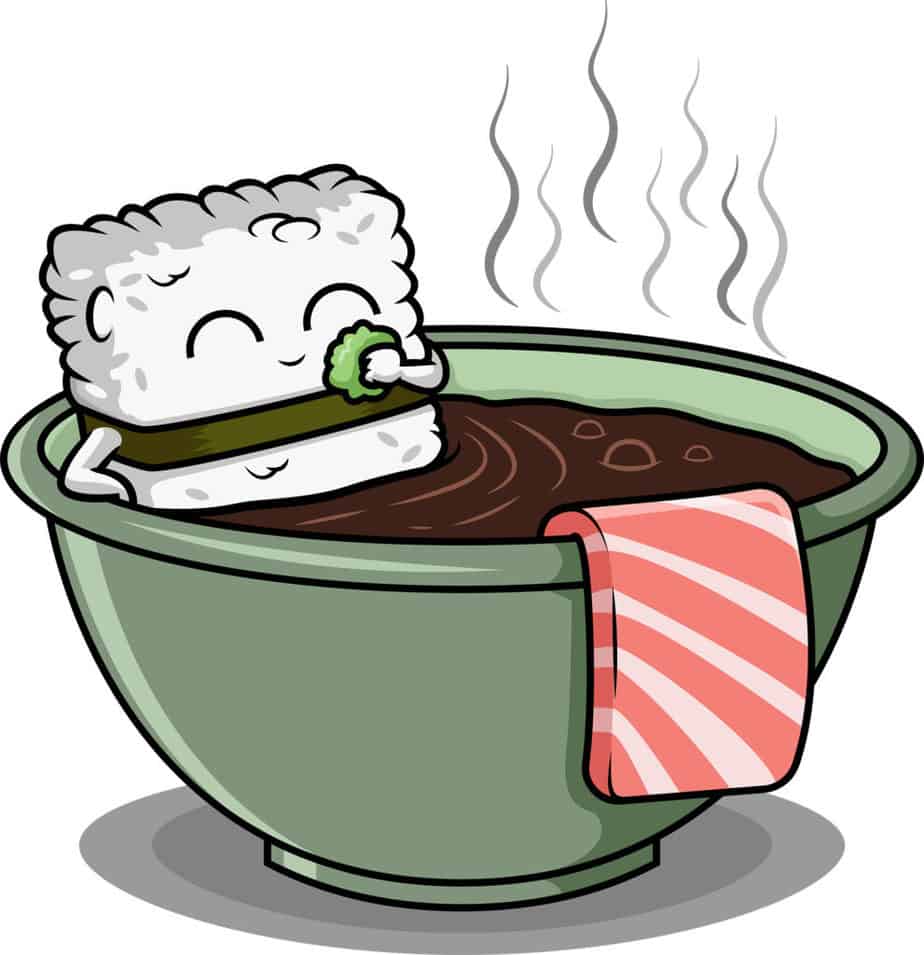
At one time, Japanese food was uncommon in most places in the U.S. but not anymore. Even though few speak Japanese, just about every American knows what sushi is, whether or not they like it.
And though it might not be the same as in Japan, there are over 4,000 sushi restaurants in the US. Heck, you can get sushi, mochi(Japanese ice cream), and ramen (Japanese noodles) at Walmart or the neighborhood grocery store!
And in the Booe household (most particularly connected to my son, aptly named Ronin) ramen is eaten every day for breakfast, and sometimes again for late night snack!
What Makes Japanese Un-Fun to Learn
As noted in the movie, Lost in Translation (available at Amazon) which was made in 2003 and stars Bill Murray and Scarlett Johansson, translating Japanese into English is a bit tricky. There are many nuances and unstated inferences and implications in Japanese.
It was quite masterful, albeit a bit dishonest in the guise of politeness, how the interpreter in the whiskey commercial scene paired down the Japanese director’s language to bare bones, English instructions for Murray’s character. But we the audience can see all that’s lost in translation to everyone except the interpreter!
I’ve already shared many things that make Japanese fun to learn. But as with anything, there can be drawbacks. Continue reading to learn how to handle the un-fun parts to learning Japanese.
Three Alphabets to Learn Japanese
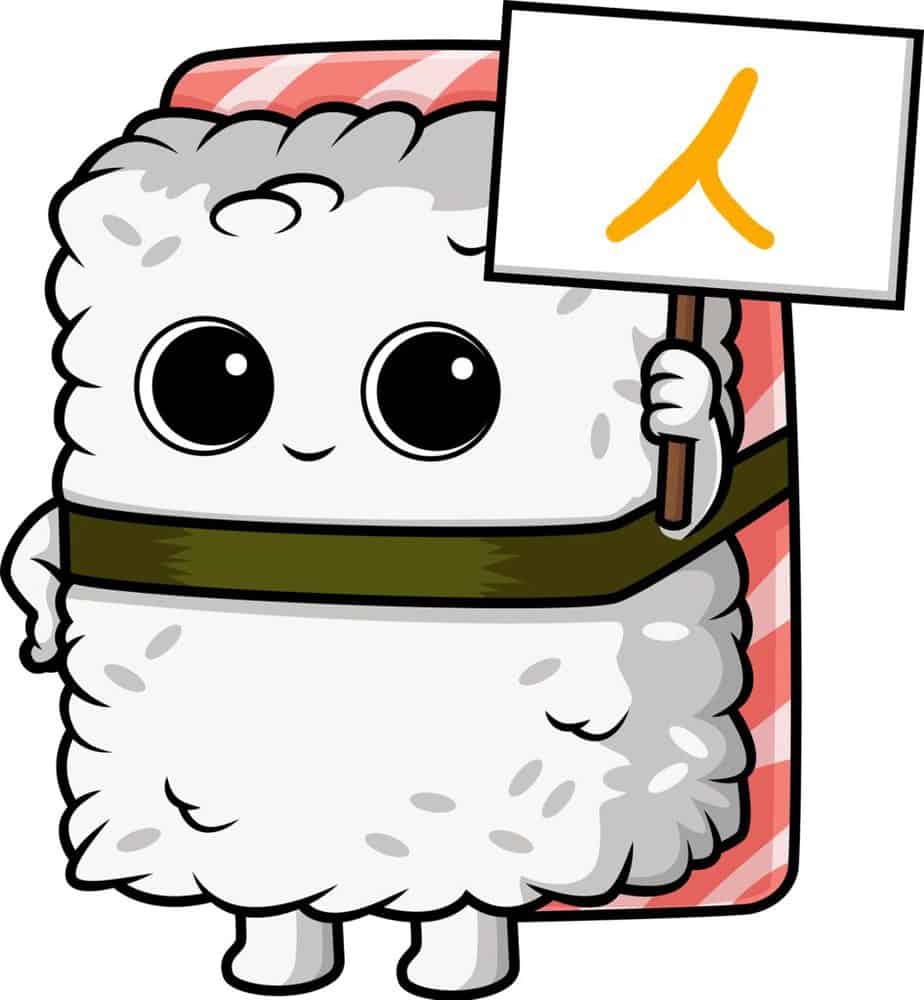
Learning Japanese can be intimidating, especially for native English speakers. In fact, it’s been said by the Foreign Service Institute of the US Department of State that for English speakers, Japanese is “super hard” to learn. Those in their training program can expect to take 2200 class hours to prepare for living in Japan.
Part of this is because of the 3 alphabets used in written Japanese. The writing systems are hiragana, katakana, and kanji. Hiragana and Katakana are under the ‘kana‘ group. Hiragana and katakana are phonetic alphabets. Kanji, or Chinese characters, represents both sounds and meanings.
To further complicate and un-fun it, Japanese sentences can be written horizontally or vertically. Vertical writing is the traditional Japanese writing; it starts from the top right of the paper and books with vertical sentences open from left to right.
Horizontal writing is becoming more common in Japan and widely used for the science and math publications and all school textbooks (minus Japanese language textbooks). Yet, books with the horizontal writing open from right to left. That’s backwards, right?!?
With the complexities and differences of the Japanese writing systems to those languages using the Roman alphabet such as English, you can see how the fun might be missing at times!
Though, some think that this challenge actually equals fun. To each their own.
Japanese Is Just Not That Usable In The US
Only .2% of the population in the U.S. speak Japanese. To put that into daily life perspective, it means most people won’t ever need to speak Japanese almost anytime of their American life. This means it’s just not that usable in the states.
You may find use for it in specific, Japanese focused careers such as teaching Japanese or working in a Japanese restaurant. Perhaps you might have a career in a business that is global with connections to Japan; then maybe you’ll use Japanese.
But honestly, you can’t really expect to use Japanese to open professional doors if you live anywhere in the United States.
Not Having Japanese Speaking Partners
With less than half of 1% of the American population speaking Japanese (approximately 449,000 out of 328 million people), it’s not going to be easy to find Japanese-fluent language partners, native or otherwise. This means you’ll have to get creative or be willing to pay for a tutor.
Whereas you can go to the corner supermarket, fast food restaurant, or most likely, local school and find speakers of Spanish, it will be much harder for Japanese.
Even those studying auf Deutsch can find local meet-ups or enjoy some cultural immersion in October with Octoberfest, it’s not common to find similar festivals or cultural appreciation for all things Japanese, unless you live somewhere in California or Hawaii.
Now, don’t let this discourage you! With advancements in technology and more and more people moving, it’s certainly possible to find a Japanese language partner, just not convenient.
Never fear, there are whole sites dedicated to matching you with that perfect speaking partner, to make learning Japanese fun!
How to Make Japanese Fun For You
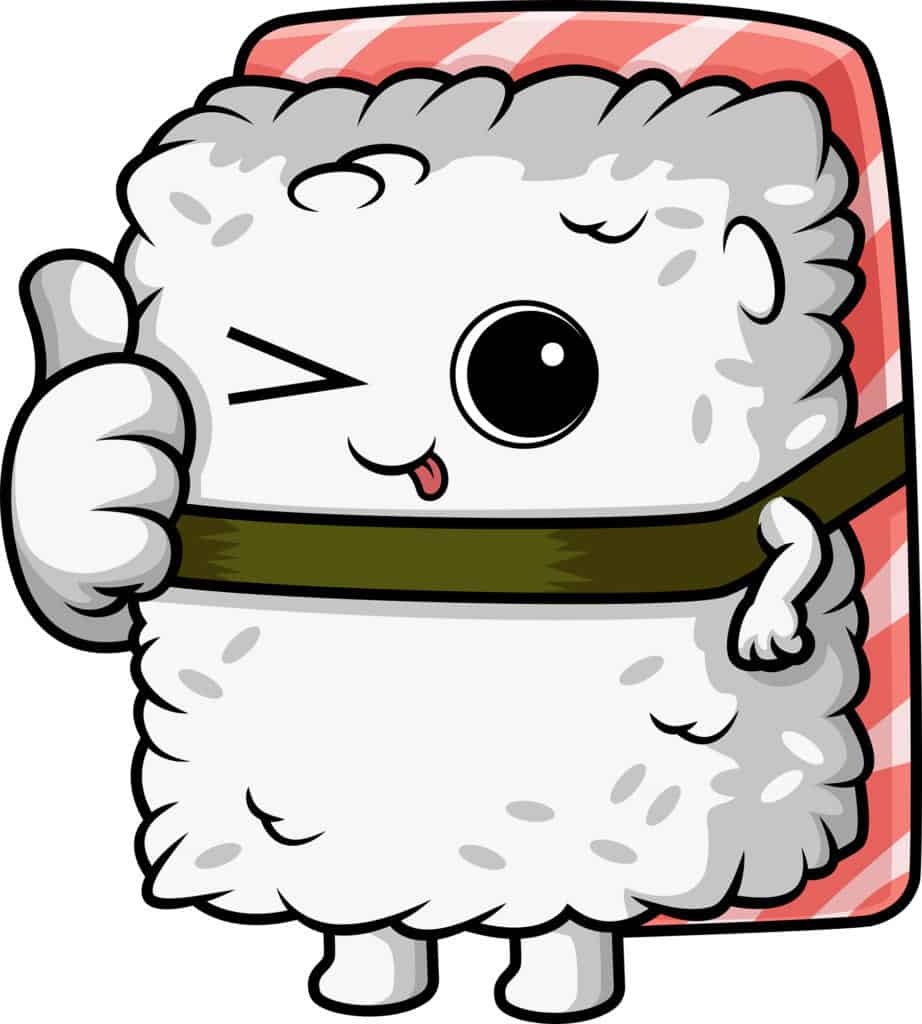
Choosing the Right Tools to Learn Japanese
The good news is that there are many quality tools and tried and true methods to help you learn Japanese, and make it fun for you while you do it!
Some tools are apps and learning online programs. Some people are learning via anime and trying full immersion with all their technology such as changing the language setting on their phone, tablets, and computers. As well, people are making it fun by only watching movies dubbed in Japanese or Japanese produced flicks.
Finding Your Motivation to Learn Japanese
To make Japanese a truly fun experience find what motivates you. It’s a necessary component to language learning acquisition. Recent research shows in The Modern Language Journal that it is critical for language learning to harness motivation and I have written all about its importance here.
What is your reason for learning Japanese? That is an important question. Why is a truly fundamental part of beginning, continuing, and mastering the Japanese language. Why starts and ends the entire journey.
Motivation on the path to success will help you attain it.
“It’s good to have an end to journey towards; but it is the journey that matters, in the end.” -Ernest Hemmingway
Daily motivating factors can contribute to success in reaching the end goal. It can be Japanese music, good eats, flicks, or whatever strikes your fancy.
You need to immerse yourself in activities that you like. This will move you along in your Japanese language progress. And progress, my friends, is fun!
The Final Talking Point on Is Japanese Fun to Learn?
So to recap, ‘Is Japanese Fun to Learn’: yes and no. No, it is not known as one of the most fun languages to learn, especially for Americans whose first language is English. In fact, the complexities of Japanese reading and writing systems can be so complicated as to suck all the fun air out of learning it for many students.
But yes, it certainly can be fun as long as you don’t let yourself feel too bogged down by the differences and instead learn to embrace them, along with the more popular parts of Japanese culture such as delicious food, martial arts, lovely gardens, and much, much more! And in honor of Japanese anime, “Ara Ara Sayonara!”
Additional Sources:
